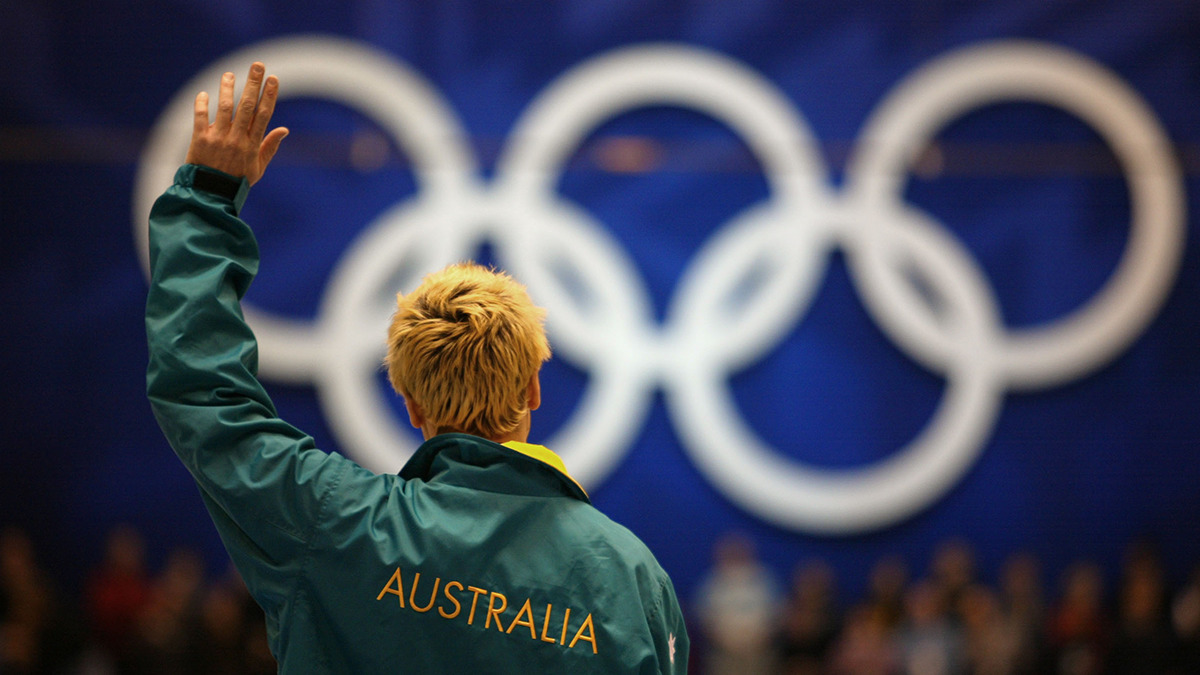Ground Breakers: The Winter Olympics are here and this is why it’s a big deal for the iron ore market

Pic: Getty
The Winter Olympics are back, and for the first time in four years we get to form short but passionate obsessions over sports we will forget about within a month.
But how long for?
A research report released ahead of the Beijing Games by the Sport Ecology Group at Loughborough University in England and the Protect Our Winters environment group suggests 11 of the 21 cities which have hosted the event since 1924 will no longer have enough natural snowfall to be suitable by 2050 thanks to global warming.
Beijing’s event will feature the use of almost 100% artificial snow, something that has stoked concerns about the environmental and water supply impacts of the Olympics and Paralympics, concerns China has waved away like a Jedi mind trick.
Also of great concern to the Chinese is appearances and blue skies, something that has seen activity from its heavily polluting steel industry – responsible for around 15% of China’s greenhouse gas emissions – wound back.
In face, the Winter Olympics and their aftermath may be one of the closest watched business events of the year.
Iron ore prices defy bearish fundamentals
The 2022 outlook for iron ore will probably not be fully understood until after the Winter Olympics (Feb 4-20) and subsequent Paralympics (March 4-13) run up in March.
Chinese steel production has been weak for months after the Chinese Government placed curbs in the second half of 2021 after hitting outlandish record output levels through the first half of last year.
After tracking at a rate of almost 1.2Bt in the first half of last year, China delivered around 1.033Bt of crude steel in 2021, about 3% down on its 2020 record of 1.065Bt.
That pulled prices down from records of US$237/t to US$87/t between May and November, but they are rising again amid expectations of a Chinese economic rebound, restocking ahead of Lunar New Year and the Winter Olympics, and Covid and weather related supply concerns in Australia and Brazil.
Now trading for around US$140/t, iron ore’s fortunes will heavily rely on what the Chinese Government decides to do with its steel industry after the Games.
The Olympics is already expected to be a dull period for steel output, a survey from consultancy MySteel suggests blast furnaces in Tangshan will be scaled back from 78% utilisation to 63% during the event.
China is yet to set a clear target the way it did last year, meaning iron ore market observers will be closely watching government communiques to get a hint of where the future is leading us.
Ex-China steel growth strong in 2021
Despite the year on year fall in China, the world’s largest steel producer at almost 60% of global production, there remains a growing market for steel outside the Middle Kingdom, which could moderate economic headwinds there.
Driven by a 13.2% post-pandemic rise in output outside of China, the World Steel Association last month reported global steel production hit a record 1.95Bt, up 4.2% on 1.88Bt in 2020.
Commbank analyst Vivek Dhar predicted in a note non-Chinese production will need to pick up further to keep the market in growth mode in 2022.
“Steel output restrictions will likely continue even after the Winter Olympics as policymakers look to reduce emissions further,” he said.
“However, like last year, these restrictions look likely be enforced in the second half of the year.
“Steel output growth outside China slowed in December, both in year-on-year terms and relative to December 2019. A pick up in momentum is likely required if global steel output is to lift this year given China’s steel policy.”
Analysts at Platts are more positive about the post Olympics outlook, particularly for low alumina fines. Differentials for low alumina products were at 3.5 year highs on January 26 due to supply issues out of Brazil, a prominent producer of clean, low alumina products.
“With supportive macroeconomic policies in China, market sources expect healthy demand for steel and iron ore post the Winter Olympics. Iron ore prices, especially the low-alumina ore, could remain supported provided further improvement in Chinese steel margins,” they said this week.
Longer term Dhar said decarbonisation initiatives in China, Japan and South Korea, which accounted for 80%, 7% and 6% of Australia’s iron ore exports in 2021, loomed as the biggest threat the traditional steel and iron ore supply chain.
It will likely take a decade at least for a commercial pathway for low emissions steel production to develop, which could see a shift away from lower grade ore traditionally mined in the Pilbara.
“Reducing emissions in the steel sector will first likely see a stronger preference for high-grade iron ore and for products like iron ore lump and pellets,” Dhar noted.
South32 leads the big miners as market shrugs shoulders
A shoulder shrug of a day so far in early trade, with the Materials index down 0.2% led by slight losses for Rio Tinto (ASX:RIO) and BHP (ASX:BHP).
South32 (ASX:S32) led the large caps after aluminium prices rose more than 2% to US$3050/t.
ANZ Head of Australian Economics David Plank said comments from Russia’s Rusal that the market would be in a 1.7Mt deficit in 2022 led to the increase.
Power shortages have seen big decreases in production in recent months in China and Europe.
“The market is also bracing for further supply disruptions should Russia
invade the Ukraine,” Plank said.
“Russia is the world’s second largest producer behind China. We expect global inventories to continue to be drawn down, which should see price well supported.”
Russia’s Norilsk is the world’s largest supplier of palladium and and nickel sulphides.
Ground Breakers share price today:
Related Topics
UNLOCK INSIGHTS
Discover the untold stories of emerging ASX stocks.
Daily news and expert analysis, it's free to subscribe.
By proceeding, you confirm you understand that we handle personal information in accordance with our Privacy Policy.








